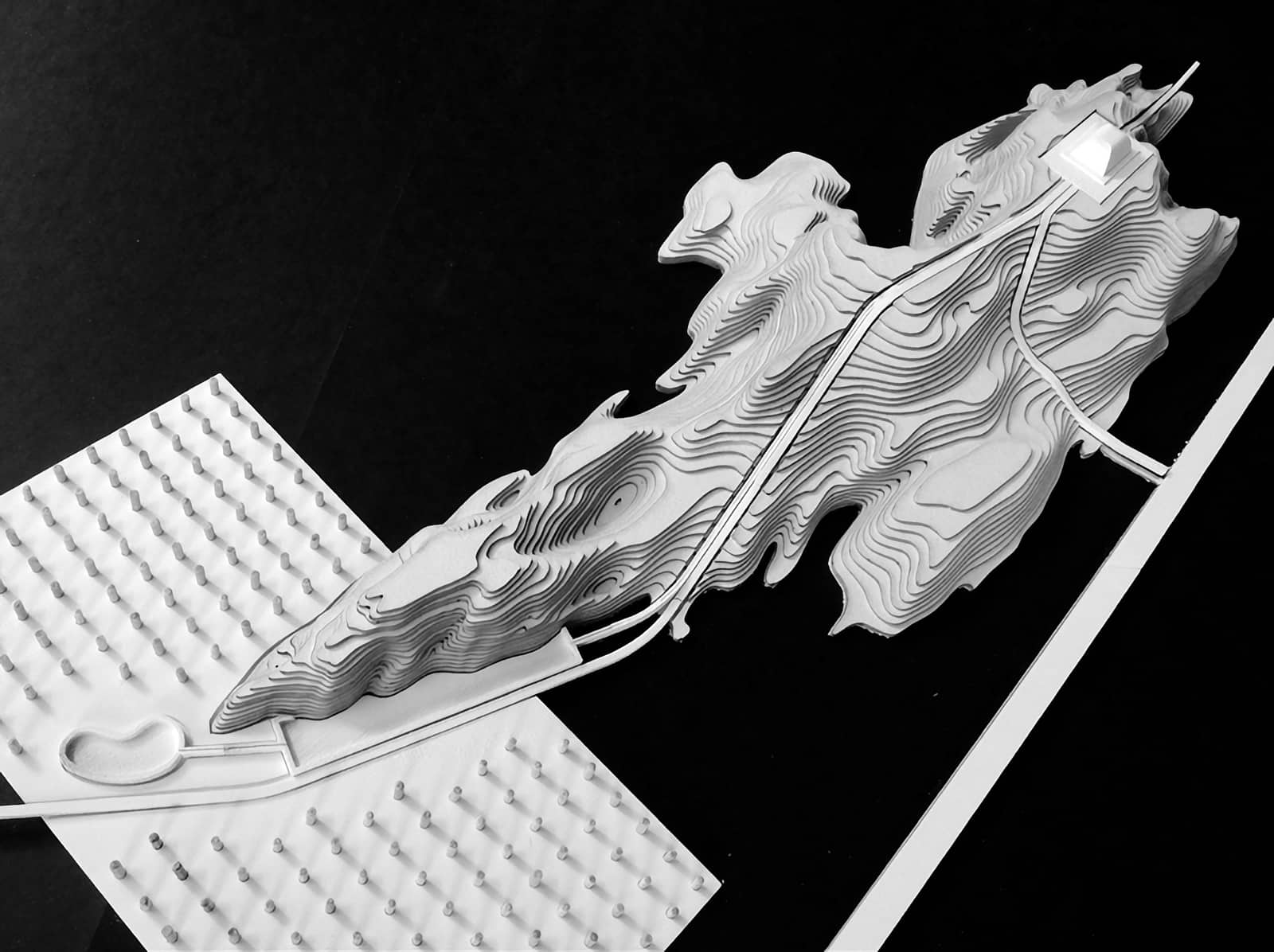Transplanting traditional water management techniques into Greater Oslo’s urban landscape
Downloads
DOI:
https://doi.org/10.7480/spool.2020.2.4913Keywords:
landscape architecture, transplant, water management, design methodology, decentralised systemsAbstract
Oslo Hydropolis is a running landscape and urbanism design studio at the Oslo School of Architecture and Design that investigates how water can play a socially, ecologically, and economically active role in shaping life in the Oslo region. Historically a water-rich area, weather extremes and seasonal abnormalities question the functionality of cultural landscapes in the Oslo region, which is characterised by rain-fed agriculture in the soils of limited valley areas. Excess and scarcity of water—flood and drought—are exacerbated by the uncertainty of climate change, but even more so by the effects of urbanisation. Population in the Oslo region is growing and new models of how water, urbanisation, and social life integrate have to be defined.
How to Cite
Published
License
Copyright (c) 2020 Milja Tuomivaara, Sabine Müller, Elisabeth Sjödahl

This work is licensed under a Creative Commons Attribution 4.0 International License.

References
Galí-Izard, T. (2006). Los mismos paisajes: Ideas e interpretaciones = The same landscapes: Ideas and interpretations. Barcelona: Gustavo Gili.
Hauswald, K. (2007). Levadas as a Design Principle, in Topos: European Landscape Magazine. no. 59: 89.
Hein, C. M. (2020). Adaptive Strategies for Water Heritage: Past, Present and Future. Springer.
Prinz, D. & Malik, A. H. (2003). Runoff farming. WCA, InfoNET.
Van den Toorn, M. & Guney, A. (2011). Precedent Analysis in Landscape Architecture, in Search of an Analytical Framework. TU Delft.
Yeomans, K. B. & Yeomans, P. A. (2008). Water for every farm: Yeomans Keyline plan. 4th edition. CreateSpace/Amazon. Retrieved from https://whc.unesco.org/en/tentativelists/6230/



